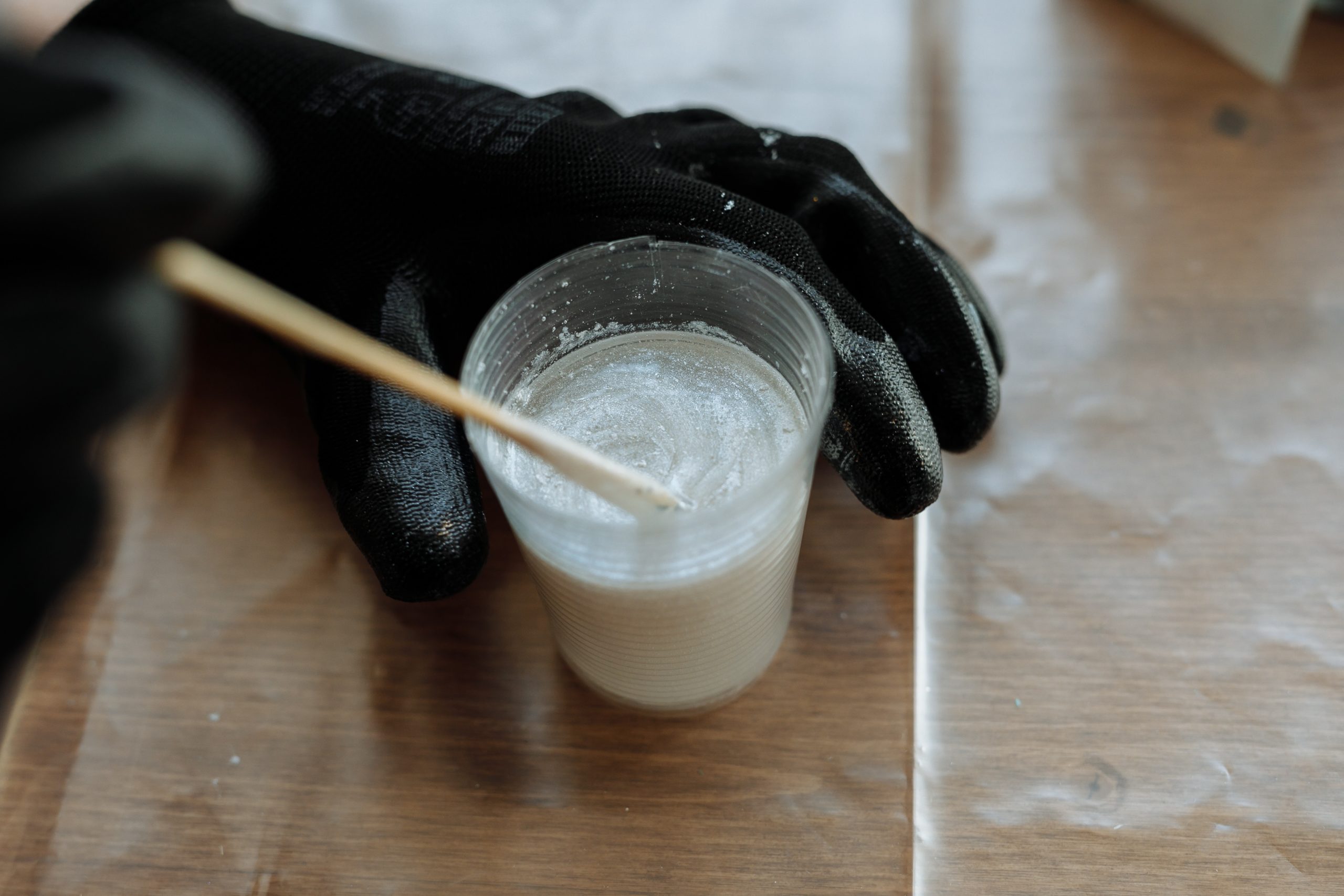The durability of gloves is critical for many industries, including construction, manufacturing, and healthcare. Gloves are essential tools used to protect workers’ hands from hazards such as chemicals, sharp objects, and extreme temperatures. However, not all gloves are created equal in terms of longevity. The selection of the right glove material can determine how long it will last and whether it can withstand harsh conditions.
This article examines the benefits of materials that offer exceptional durability in gloves. It explores various types of materials commonly used in glove production and their properties that make them resistant to wear and tear. Additionally, this paper highlights some factors that contribute to premature glove damage and suggests ways to extend the lifespan of protective gloves through proper care and maintenance practices.
The Importance Of Durable Gloves In Hazardous Work Environments
It is quite amusing how some workers prioritize fashion over function when it comes to wearing gloves. In hazardous work environments, the importance of durability in gloves cannot be overstated. These gloves are not just mere accessories, but rather a vital component of occupational safety and industrial hygiene.
Occupational hazards can range from extreme temperatures, sharp objects, chemicals, and biological agents. Workers who handle these types of materials need protection that only durable gloves can provide. It is essential to choose high-quality materials built for gloves manufacturing because they must withstand harsh conditions while providing maximum dexterity and flexibility for the worker. As such, investing in durable gloves should be considered an integral part of any company’s overall health and safety program.
Common Materials Used In Glove Production
Gloves are manufactured using different materials, depending on the intended use and industry. Traditional glove-making materials include leather, cotton, polyester, rubber, latex, and vinyl. These materials have been widely used for their versatility and affordability; however, they often lack durability and longevity.
Sustainable alternatives to traditional glove-making materials have emerged in recent years. Innovative materials such as Kevlar®, a synthetic fiber known for its high tensile strength and resistance to heat and abrasion, offer superior protection against cuts and punctures. Additionally, some manufacturers opt for eco-friendly options like bamboo fibers or recycled plastic bottles to produce gloves that are both durable and sustainable. The use of these innovative materials contributes not only to the longevity of the product but also addresses environmental concerns by reducing waste production while promoting sustainability practices in manufacturing industries.
In conclusion, the choice of material plays an essential role in producing gloves that last longer without sacrificing quality and comfort. Sustainable alternatives provide an opportunity for manufacturers to reduce their impact on the environment while still delivering products that meet consumers’ needs for durability and functionality. As technology advances further, we can expect more innovative solutions to be introduced into the market that will continue to reshape the future of glove production towards more sustainable methods.
Properties Of Durable Glove Materials
Imagine a car that can travel at high speeds, but whose parts break down after only a few miles. While it may be fast and efficient in the short term, it would ultimately be impractical for long-term use. The same principle applies to glove materials: while some may prioritize comfort over durability, materials built for longevity offer greater value in terms of performance and sustainability.
When considering properties of durable glove materials, one must first examine their ability to withstand wear and tear. These materials are typically designed with reinforced stitching or thicker layers to resist punctures and tears during regular use. However, this does not mean sacrificing comfort for durability; advanced manufacturing techniques allow for both attributes to coexist in modern gloves. Additionally, sustainable manufacturing practices can reduce waste and environmental impact without compromising quality or effectiveness. As such, choosing gloves made from durable materials benefits not only the user but also the planet as a whole.
Factors Contributing To Premature Glove Damage
Properties of durable glove materials play a crucial role in ensuring the longevity and performance of gloves. As discussed earlier, materials like leather and Kevlar are known for their durability due to their resistance to wear and tear. However, proper glove maintenance is equally essential to maintain the strength and resilience of these materials over time. Failure to care for gloves properly can contribute significantly to premature damage.
One factor that often leads to premature glove damage is improper sizing. Gloves that do not fit correctly can cause discomfort, reduce dexterity, and even lead to injuries. In addition, ill-fitting gloves may stretch too much or be too tight on certain areas, leading to rapid tearing or wearing out of specific spots. Therefore, it is critical to ensure that gloves are sized appropriately so that they offer optimal protection while also being comfortable enough for extended use. Proper glove maintenance coupled with correct sizing can help extend the life span of gloves and provide better value for money spent on protective gear.
Best Practices For Extending The Lifespan Of Protective Gloves
Glove maintenance is crucial in extending the lifespan of protective gloves. While advanced materials are built to last, they still require proper care and attention to continue performing at their best. Without regular maintenance, gloves can become damaged or weakened over time, reducing their effectiveness in protecting against hazards.
One of the most important aspects of glove maintenance is proper storage. Gloves should be stored in a cool, dry place away from direct sunlight and heat sources. Exposure to extreme temperatures or UV radiation can cause degradation of certain materials used in gloves, leading to reduced durability and protection. Additionally, gloves should be kept clean by wiping them down with a damp cloth after use and allowing them to air dry before storing them away. By following these best practices for glove maintenance, users can help ensure that their protective gear remains effective and long-lasting.
Conclusion
Gloves that are built for durability offer a range of benefits, including increased longevity and protection against wear and tear. While some may assume that these types of gloves sacrifice comfort or affordability in order to achieve their level of durability, this is not necessarily the case. Materials such as leather, synthetic blends, and reinforced stitching can all contribute to making long-lasting gloves that also fit well and feel comfortable during use.
When considering durable gloves for specific tasks, it’s important to ensure that they provide adequate grip and dexterity. Fortunately, many manufacturers prioritize functionality alongside durability when designing gloves. Proper disposal practices should also be observed once gloves have reached the end of their lifespan, as certain materials used in glove production can have negative environmental impacts if not disposed of properly.
As the old adage goes: “you get what you pay for.” Investing in high-quality gloves made with durable materials may come with a higher price tag upfront, but over time can save money by reducing the need for frequent replacements. Additionally, choosing products from companies committed to sustainability can help reduce negative environmental impacts associated with disposable items like gloves. Ultimately, finding the right balance between durability, functionality, comfort, and eco-friendliness is key when selecting gloves that will last.


